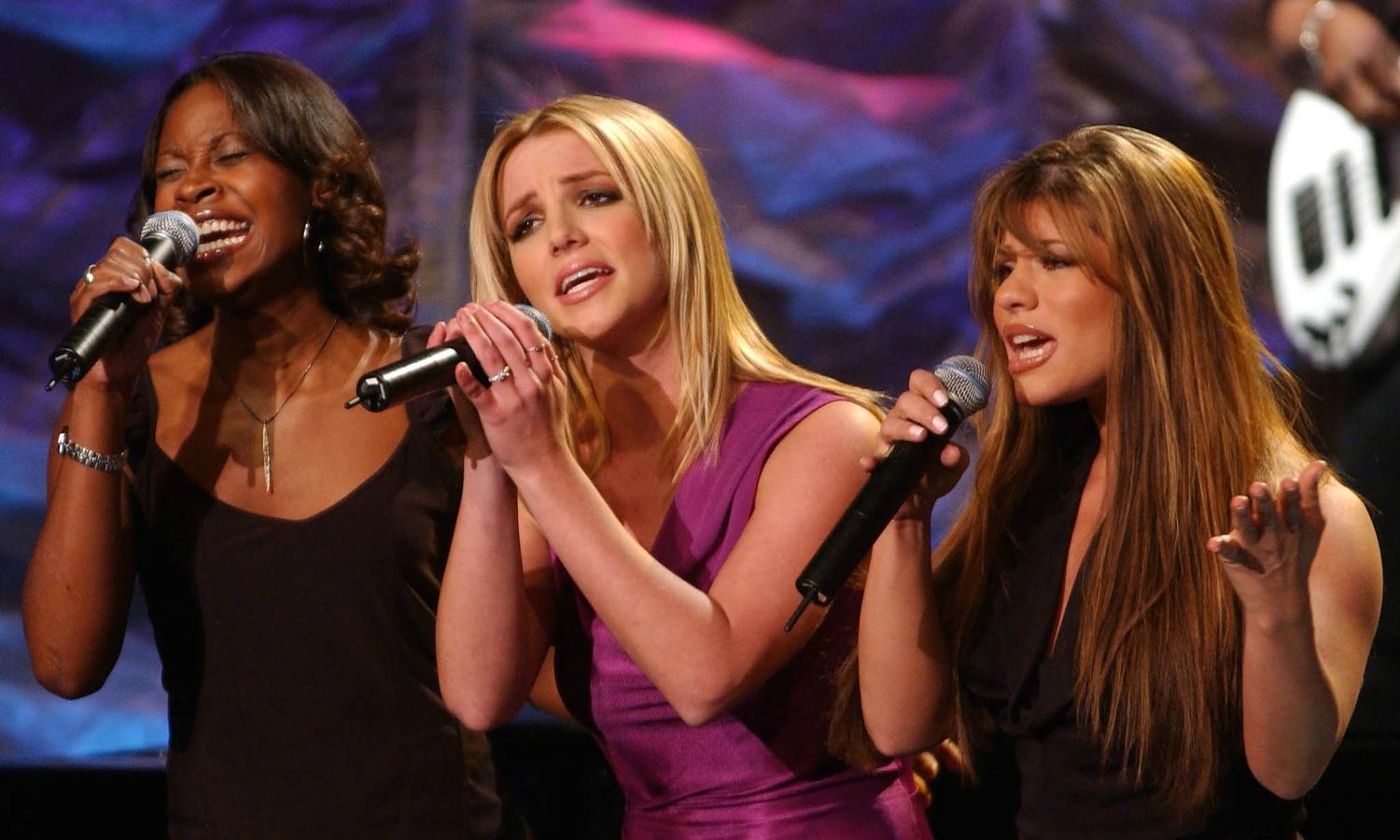Backup Singers Bring the Hits
What makes a hit? A catchy hook? A good beat? Even the experts can’t really explain what the recipe is. “You can check off all of those checkboxes,” says Keith Caulfield, an associate director at Billboard, “but it doesn’t necessarily mean that song is going to become a hit. Because otherwise everyone would have a hit single and we’d all be incredibly wealthy, and it doesn’t work that way.”
But ask the question differently, and you might get a better answer. Joseph Nunes, a marketing professor at the University of Southern California’s Marshall School of Business, decided to try: “What distinguishes the top hits from songs that made it to a broad audience but didn’t get that power of a number one?”
Nunes hired a team of grad students to classify each Billboard number one hit, over 50 years of pop music, by its core configuration of sounds and instruments. But they also listened to the bottom dwellers: tracks that never made it above number 90. When the data were in, they found that the most successful configurations all featured background vocals. And the least successful configurations were conspicuously missing them.
All in all, about 60 percent of the Billboardnumber one hits had backup vocals. So while putting backup singers on your track won’t guarantee a hit, it’s the most significant distinguishing factor between winners and losers. Nunes and his co-author Andrea Ordanini published the study in Music Scienti: The Journal of the European Society for the Cognitive Sciences of Music. The results make sense to Keith Caulfield. “People like harmonies, they like groups of voices that sound good together. It makes them feel good.” Elizabeth Hellmuth Margulis, director of the Music Cognition Lab at the University of Arkansas, chalks this effect up to what she calls imaginative participation, which she has observed in the brain. “When a subject is lying in an fMRI scanner, listening, you see all this activity in motor planning regions. So there’s this very literal sense in which some kind of participatory mechanisms are at play.” Margulis says these phantom motor impulses make sense when one considers the evolution of music: passive listening is a relatively modern phenomenon. “If you look at the way music is used historically and across cultures, you’ll find it’s used in ritual, and everybody’s joining in and playing and dancing and hanging out together.”
For a listener, backup singers help us imagine ourselves in the music. “When people are asked to describe their peak musical experiences,” Margulis adds, “when music was really blowing their minds, they talk about a sense of merging with the music.” If you can’t carry the melody, backup singers let you join the crowd.
